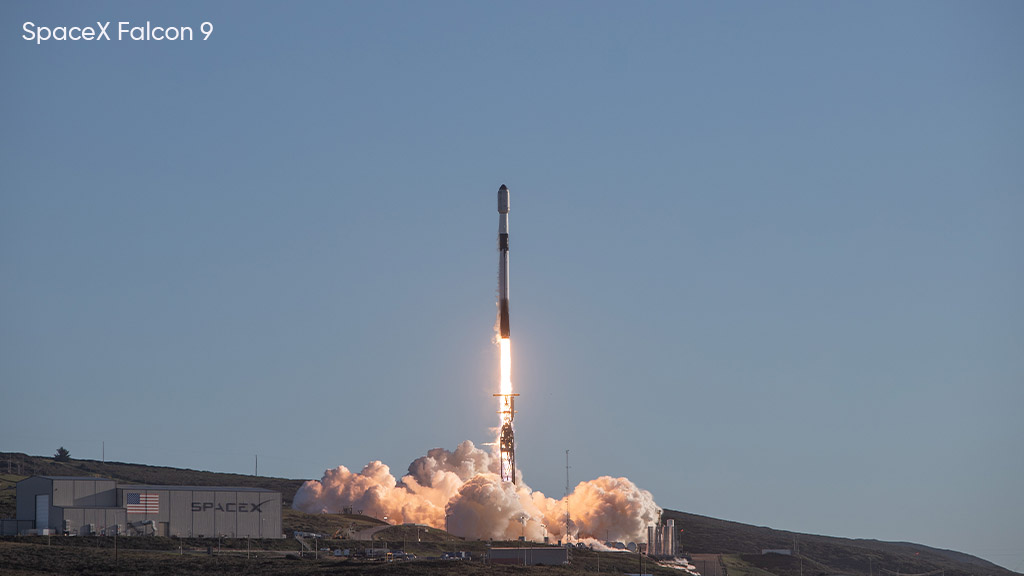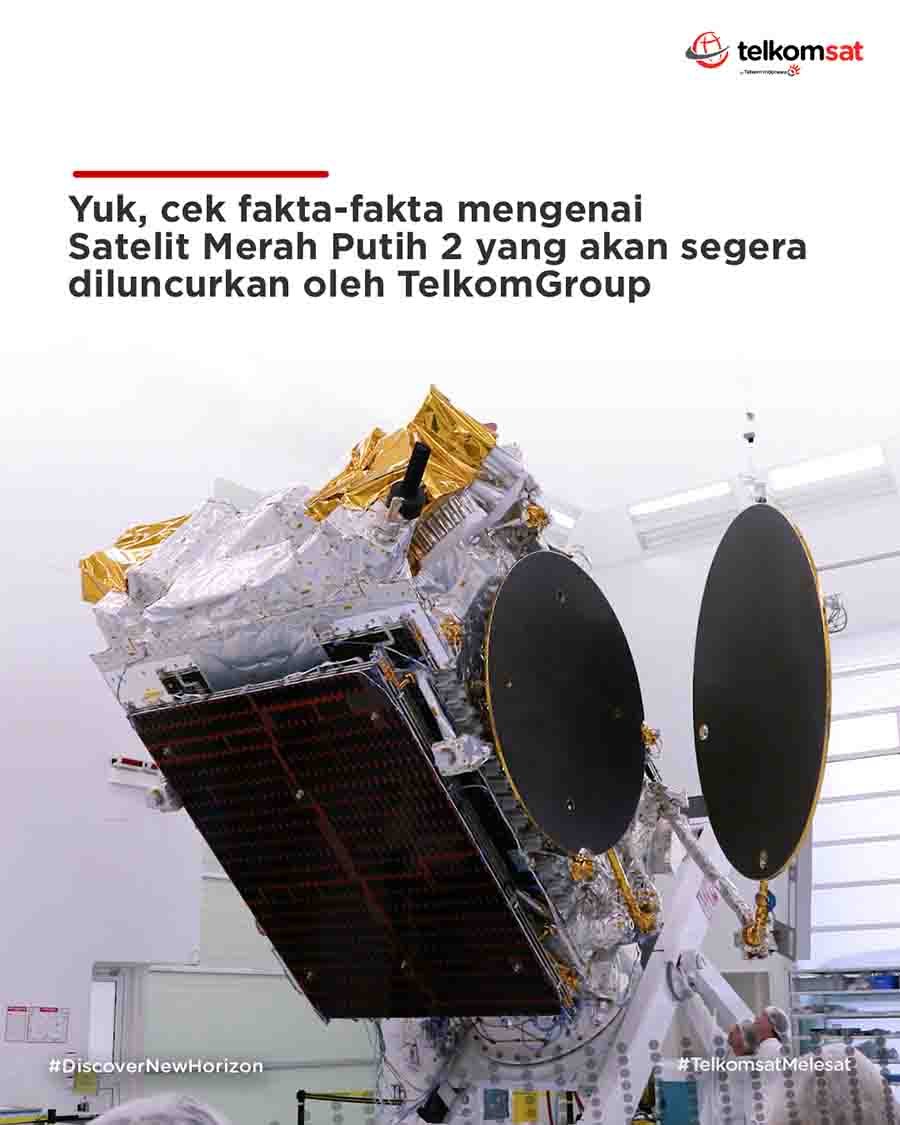SpaceX
SpaceX will launch Telkomsat Merah Putih 2 satellite on February 20

SpaceX is set to launch a new Falcon 9 mission to low-Earth orbit carrying Telkomsat Merah Putih 2 satellite into a geosynchronous transfer orbit.
The GEO orbit is a prograde, low inclination orbit about Earth having a period of 23 hours 56 minutes 4 seconds. A spacecraft in geosynchronous orbit appears to remain above Earth at a constant longitude. The spacecraft returns to the same point in the sky at the same time each day.
Falcon 9 will fly from Space Launch Complex 40 (SLC-40) at Cape Canaveral Space Force Station in Florida. A launch window will open at 3:11 p.m. ET and a backup launch will be available on Wednesday, February 21 with a four-hour window at 12:53 p.m. ET.
This is the 11th satellite of Telkomsat, a subsidiary of Telkom Indonesia, and its first with High Throughput Satellite technology.
It is based on the Spacebus 4000B2 platform with a lifespan of 15 years. It is built by Thales Alenia Space with a capacity of up to 32 Gbps across C-band and Ku-band frequencies covering the entire Indonesia.

Telkomsat Merah Putih 2 satellite (Credit: Telkomsat)
The Merah Putih 2 satellite weighs 3,000 kg and renders a total satellite power rating of up to 11.6kW with medium RF power of 105W/110W in the Ku band.
It has capabilities such as multiple spot beams, frequency reuse, and onboard processing to increase data transmission efficiency. HTS/HTS systems also offer higher data throughput compared to traditional satellites to enable a range of new applications.
The weather for this mission seems adequate at the first launch window and may not be unfavorable. The first-stage rocket booster used for liftoff is attending its 17th launch.
After liftoff, the mission control will call stage separation at 2:35 minutes, 1st stage will land back at 8:37 minutes and the 2nd stage will deploy Merah Putih 2 at about 33-34 minutes. A live broadcast of the mission will start 15-20 minutes before the liftoff.
(source – SpaceX)
